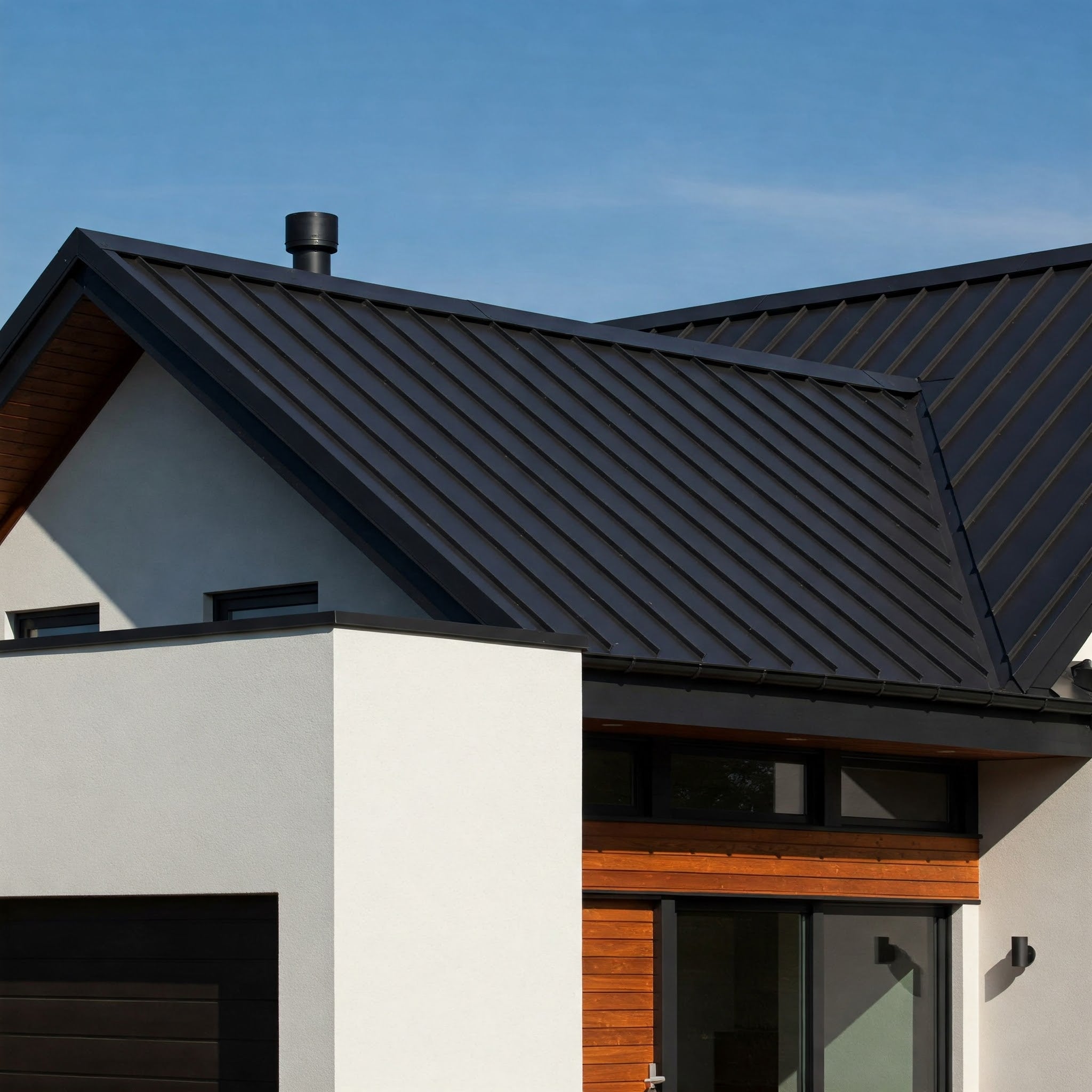How Metal Roof Panels Help Brave The Blaze
Wildfires seem increasingly frequent and devastating across North America, Australia, and Mediterranean Europe. In 2023 alone, California wildfires destroyed over 3,200 structures, while the 2024 fire season surpassed historical averages by 15% in affected acreage. Amid this growing threat, homeowners in vulnerable regions are seeking more resilient building materials. Metal roofing has emerged as a superior alternative to traditional roofing, offering exceptional fire resistance when properly installed. Unlike conventional materials that may ignite or deteriorate rapidly during a wildfire, quality metal roofing systems can be a critical factor in whether a home survives an encroaching blaze.
The Science of Fire Resistance
Metal roofing's effectiveness against wildfires is primarily measured through the Class A fire rating system—the highest designation available for roofing materials. This rating indicates that a material can withstand severe fire exposure without igniting or allowing flames to spread to the underlying structure.
Metal roofs excel in this category because they're non-combustible and have high temperature resistance. Steel roofing can withstand temperatures up to 1,400°F before structural degradation, compared to asphalt shingles that begin to ignite around 400°F. By comparison, wood shakes, once common in rural and forested regions, can ignite at just 375°F and contribute significantly to fire spread.
During wildfire conditions, flying embers—which can travel up to a mile from the fire front—pose the greatest threat to homes. While traditional roofing materials may catch these embers and ignite, metal roofing allows them to simply burn out without affecting the structural integrity of the roof.
Types of Fire-Resistant Metal Roofing
Several metal roofing options provide excellent fire protection, each with distinct advantages:
Steel Roofing represents the most commonly installed metal roofing in wildfire-prone areas, typically featuring a zinc or zinc-aluminum coating to prevent corrosion. Steel systems with a minimum 26-gauge thickness offer optimal protection. Most steel roofing features additional protective finishes such as Kynar 500® or Hylar 5000® that resist fading and chalking while maintaining fire resistance.
Aluminum Roofing weighs approximately one-third less than steel, making it suitable for retrofitting older structures without additional structural reinforcement. Its natural corrosion resistance makes it ideal for coastal wildfire zones, though it has a lower melting point (1,220°F) than steel.
Copper Roofing, while expensive, offers exceptional longevity (100+ years) and develops a protective patina over time. Its thermal conductivity can help dissipate heat during wildfire events, potentially reducing temperatures in attic spaces.
Zinc Roofing provides similar benefits to copper at a slightly lower price point, with excellent environmental credentials and a self-healing patina that addresses minor scratches and abrasions.
Installation Considerations for Wildfire Zones
Even the most fire-resistant roofing material can fail if improperly installed. In high-risk wildfire areas, installation details are critical:
The roof-to-wall interface requires careful attention, as gaps can allow ember intrusion. Professional installers should use fire-resistant underlayment and proper flashing to seal these vulnerable areas. Roof vents should be covered with fine mesh screens (1/8-inch or smaller) to prevent ember entry while maintaining necessary ventilation.
Roof valleys—where two roof slopes meet—require specialized metal flashing that prevents debris accumulation, as collected leaves and needles can serve as kindling for embers. Regular maintenance, including cleaning gutters and removing debris from the roof surface, remains essential for maintaining fire resistance.
Many wildfire-conscious homeowners are now opting for closed-eave designs or protected soffits that prevent updrafts from carrying embers into attic spaces—a design feature that complements metal roofing's inherent fire resistance.

Cost-Benefit Analysis
While metal roofing typically costs 2-3 times more than standard asphalt shingles initially ($10-20 per square foot installed vs. $3-7), the investment offers significant long-term advantages. Many insurance companies offer premium discounts of 5-15% for homes with fire-resistant metal roofing in wildfire-prone regions.
The typical lifespan of a quality metal roof (40-60 years) far exceeds that of asphalt shingles (15-25 years), reducing lifetime replacement costs. Homes with metal roofing in fire-prone areas have demonstrated 15-20% higher resale values compared to properties with traditional roofing, according to real estate analyses in Western states.
Energy efficiency benefits further offset initial costs, with reflective metal roofing reducing cooling costs by up to 25% during summer months—a particular advantage in the hot, dry conditions that often precede wildfire seasons.
Building Resilience, One Roof at a Time
Metal roofing represents not merely an aesthetic choice but a critical defensive measure for properties in vulnerable regions. Its superior fire resistance, longevity, and increasing affordability make it a pragmatic investment for homeowners seeking to protect their properties.
While no single building material can guarantee complete protection during catastrophic fire events, fire-resistant metal roofing significantly improves a structure's chances of survival, providing peace of mind in an era of escalating wildfire risk.
Looking to purchase quality flame-resistant metal roofing? Click here to view our inventory of products.



